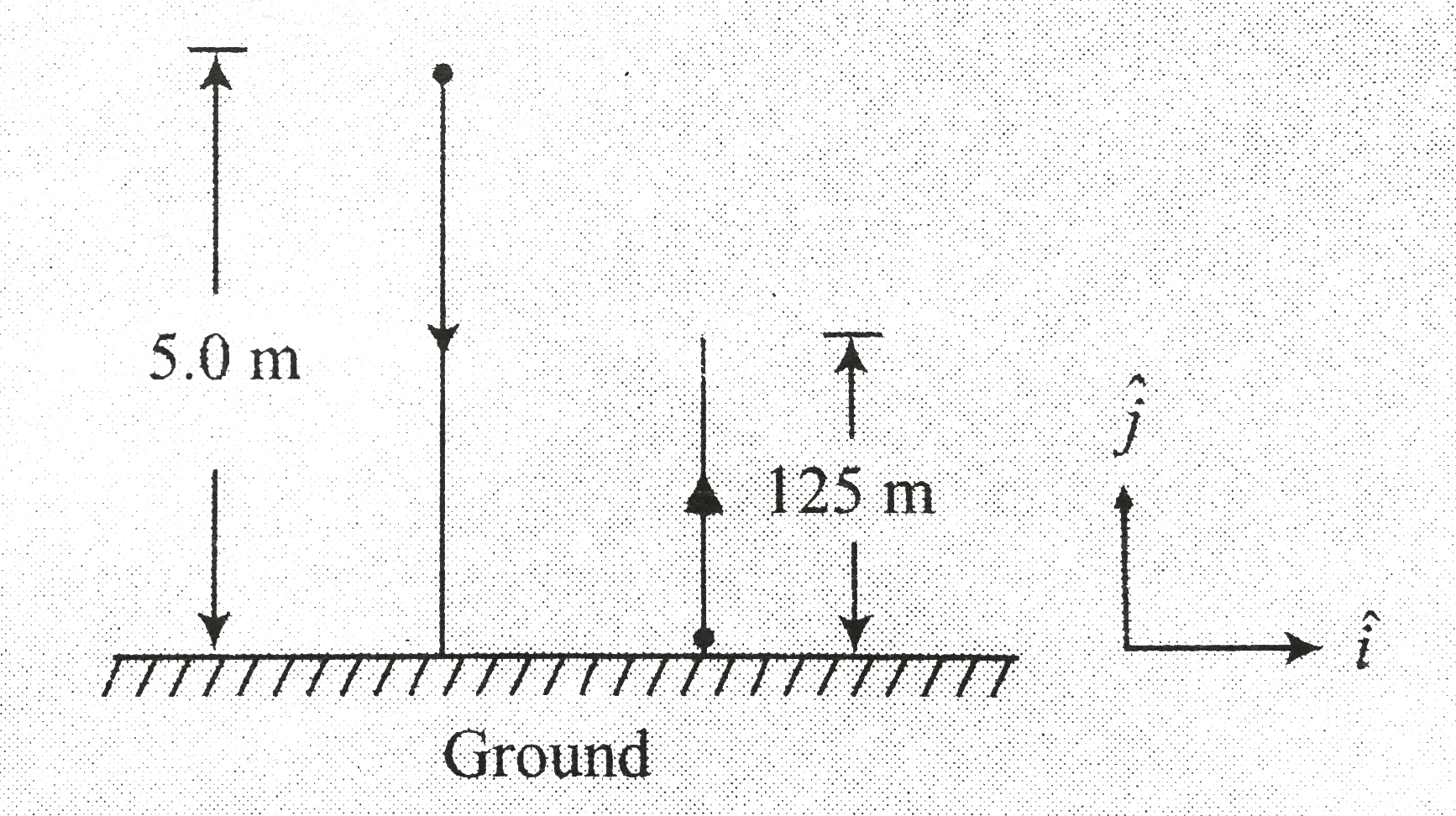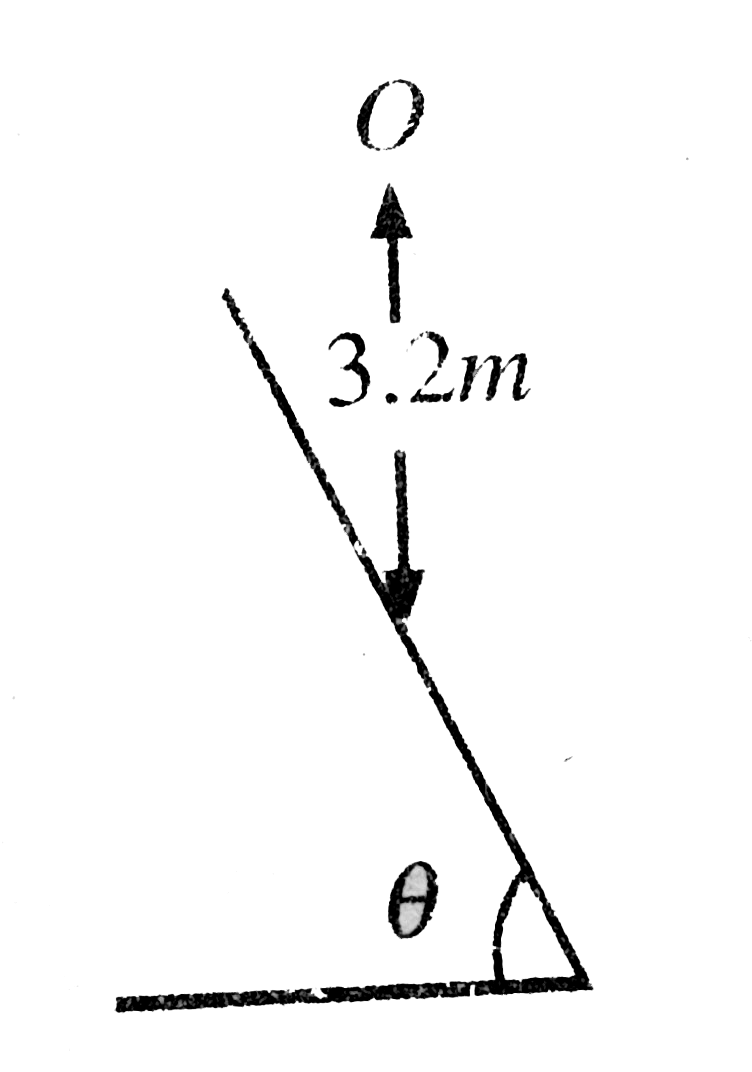A rubber ball is dropped from a height of 5 m on a plane. If bounces back to a height of 1.8 m. Find the coefficient of the resitution for the collision.
The correct Answer is:0.6
To find the coefficient of restitution for the collision of a rubber ball dropped from a height of 5 m and bouncing back to a height of 1.8 m, we can follow these steps:
1. Understand the Coefficient of Restitution (e):
The coefficient of restitution (e) is defined as the ratio of the relative velocity of separation to the relative velocity of approach between two colliding bodies. In this case, we can relate it to the heights before and after the bounce.
2. Identify the Heights:
- Initial height (h) = 5 m (the height from which the ball is dropped)
- Rebound height (h') = 1.8 m (the height to which the ball bounces back)
3. Use the Formula for Coefficient of Restitution:
The relationship between the heights and the coefficient of restitution is given by:
e=√h′h
4. Substitute the Values:
Substitute the values of h and h' into the formula:
e=√1.85
5. Calculate the Ratio:
Calculate the ratio:
1.85=0.36
6. Take the Square Root:
Now, take the square root of 0.36 to find e:
e=√0.36=0.6
7. Final Answer:
Therefore, the coefficient of restitution for the collision is:
e=0.6
The coefficient of restitution (e) is defined as the ratio of the relative velocity of separation to the relative velocity of approach between two colliding bodies. In this case, we can relate it to the heights before and after the bounce.
- Initial height (h) = 5 m (the height from which the ball is dropped)
- Rebound height (h') = 1.8 m (the height to which the ball bounces back)
The relationship between the heights and the coefficient of restitution is given by:
e=√h′h
Substitute the values of h and h' into the formula:
e=√1.85
Calculate the ratio:
1.85=0.36
Now, take the square root of 0.36 to find e:
e=√0.36=0.6
Therefore, the coefficient of restitution for the collision is:
e=0.6
Similar Questions
A ball falls on the ground fro a height of 2.0 m and rebounds up to a height of 1.5 m. Find the coefficient of restitution.
View SolutionA 1.0 kg ball drops vertically into a floor from a height of 25 cm . It rebounds to a height of 4 cm. The coefficient of restitution for the collision is
View SolutionA ball is dropped from a height of 20 m in the floor and rebounds to 1.25 m after second collision, then coefficient of restitution e is
View SolutionA ball dropped from a height of 2 m rebounds to a height of 1.5 m after hitting the ground. Then fraction of energy lost is
View SolutionA metal ball falls from a height of 1m on to a steel plate and jumps upto a height of 81 cm. The coefficient of restitution of the ball and steel plate is
View SolutionA ball is dropped from a height of 5 m, if it rebound upto height of 1.8 m, then the ratio of velocities of the ball after and before rebound is :
View SolutionA rubber ball of mass 50 g falls from a height of 5m and rebounds to a height of 1.25 m. Find the impulse and the average force between the ball and the ground if the time for which they are in contact was 0.1s

View SolutionA ball of mass 1kg is dropped from a height of 3.2m on smooth inclined plane. The coefficient of restitution for the collision is e=1/2. The ball's velocity become horizontal after the collision.

View SolutionA rubber ball is dropped from a height of 5mon a plane, where the acceleration due to gravity is not shown. On bouncing it rises to 1.8m. The ball loses its velocity on bouncing by a factor of
View SolutionA ball is dropped from a height of 5 m onto a sandy floor and penetrates the sand up to 10 cm before coming to rest. Find the retardation of the ball in and assuming it to be uniform.
View Solution
